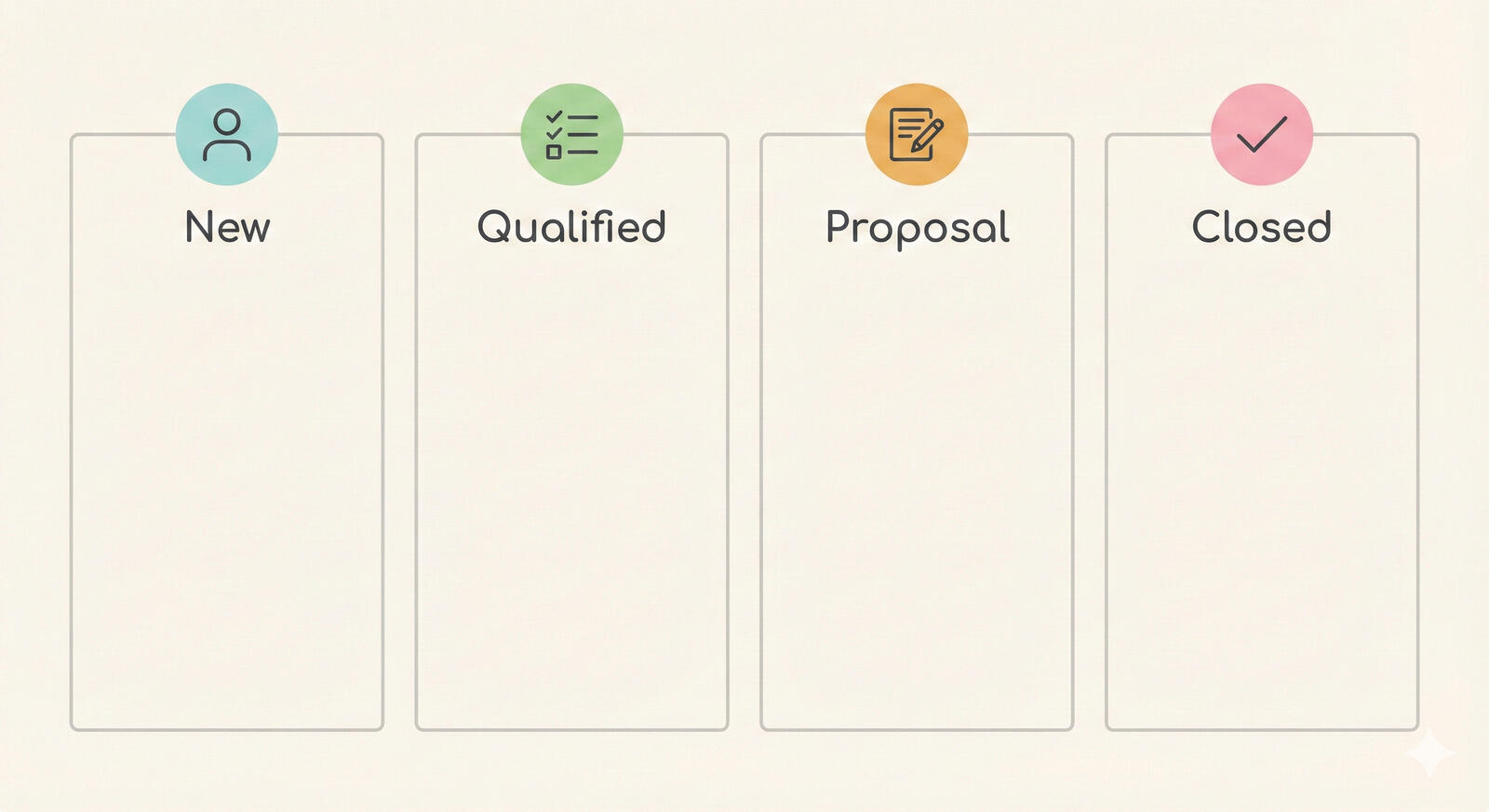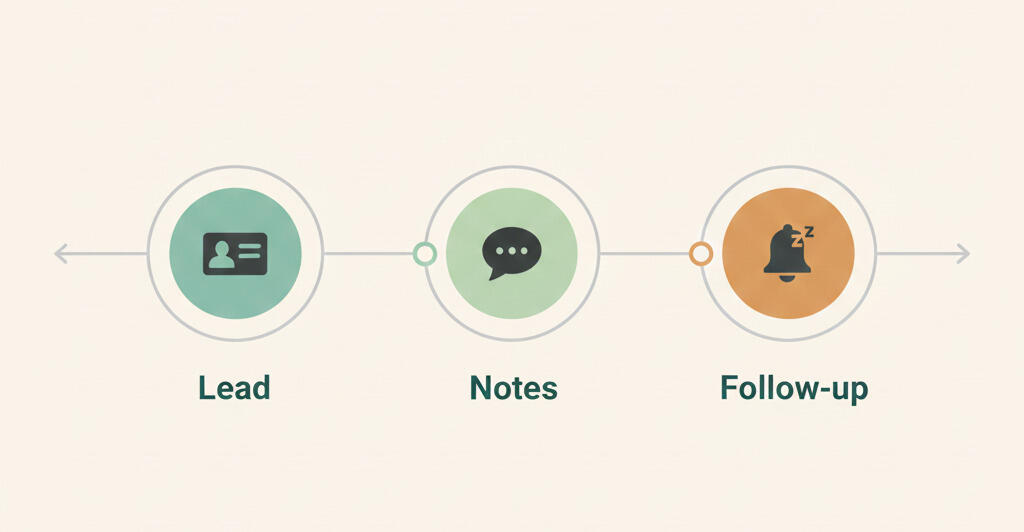Built to succeed - essentials for growing businesses. Stronger financial management
Part 1: Finance - stronger financial management
The first part of a four-part blog series starts our look at how ambitious and growing companies can be better prepared to succeed.
The simple need for strong financial management
Financial efficiency is the sword by which businesses live or die - basically, many a great business has been busted by poor financial practice. In a view that’s a little less sink or swim, it may be more on the money to say that the difference between a business just surviving and truly succeeding is all down to how financially efficient it is.
Any business that is ambitious for succeed is unlikely to have finances that resemble a leaky bucket! And one would hope that any established business has achieved some sort of financial stability.
It’s also reasonable to assume that those who oversee the economics of the venture are appropriately qualified. Even though that might be the case, some businesses may still have some inefficiencies that undermine revenue income, or which impact the overall profitability of their operations.
There are a number of areas where businesses could have weaknesses in their financial management. This doesn’t necessarily reflect the skills and capabilities of those that own or work the levers of the finance function.
Here we discuss billable hours, ‘lossless’ accounting and cash flow management, and outline some of the things to look out for in software tools that provide the foundation for stronger financial management.
The problem of billable hours
One key area where consultancy businesses have to be strong is in making sure that they account for the time spent on each piece of work so that billing accurately reflects the efforts that have gone into a piece of work.
The word ‘consultancy’ is used very loosely here - the same goes for any other type of company that generates value from the expertise and intellectual endeavors of its workers.
Whatever the core business activity, if it generates value from knowledge work using expertise as the raw material, then there is a need to accurately record time spent on each project so that the correct client account is billed appropriately.
Counting time precisely
The most effective way of tracking time spent by people engaged on project-based work is to use a software tool that is able to record the timing information.
Time tracking is a pretty simple functionality and there’s no shortage of tools to choose from that are capable of doing a good job. However, it is likely that the right tool for your company is the one that suits you the best. This might be because it does other things that support you in your particular core business activity. Or, it might be better suited to the way that you prefer to work.
For example, if we are talking about tracking time in project management, many creative companies prefer Basecamp because it helps contain projects in a flexible way. However, for small companies that work with clients, they tend to like Breeze because it supports agile and lean methods, key practices to keep up with constantly changing enviroments.
That’s not to say Breeze doesn’t contain projects well - it does, it just wraps each project with functionality that is more software development-friendly.
When researching the one that’s best for your business, be on the lookout for one that supports integrations with you other favored software applications.
The desire for ‘lossless’ accounting
Across business operations, the idea of ‘lossless’ accounting is something all businesses should aspire to. The simplest example you might have seen is in retail where the contents of the store’s cash register squares exactly with the receipt roll. This reflects that change has been consistently and accurately dispensed in response to money being paid.
In the more complex scenario of the consulting company, although every cent or penny may be ‘accounted’ for in the books, there may be inefficiencies or accounting practices that mask losses.
It’s a sad reflection, but the majority of this is likely to be the result of deliberate actions by workers. A chief source of this is fiddling expense accounts. Padding the expense account is a favorite way for employees to ‘reward’ themselves. However, whatever the reason, the practice cannot be excused, and it doesn’t disguise what it really is… fraud.
Any way you look at this it may have serious implications. Where workers fiddle rechargeable expenses, it’s actually the client that is being cheated as well, and that may expose the business to legal action should the client discover it is happening.
When an internal cost center is the account that is being charged, it’s the company that is being cheated. Consequentially, all workers may be affected; the bottom line takes the hit and bonus, or other incentive schemes, might be reduced.
Accurately tracking expense
The best way of making sure that expense accounts are not being abused is to introduce an expense management tool.
One of the pivotal aspects of expense tracking is the need to capture the small amounts of cash spent on things like informal lunches and client entertaining. Receipts have a habit of getting lost. A good expense tracking app should provide mobile functionality that lets your team members photograph and assign each transaction to the correct cost center.
Bank account or credit card account statements should be able to be imported and automatically reconciled. Any transactions that cannot be matched to a receipt should be thrown up for attention.
Additional features that save time and money include eliminating manual processes, such as claiming expenses using Excel spreadsheets, tracking and monitoring business miles driven by workers, granular reporting and support for tax and financial compliance.
Cash flow management
Cashflow management is a strong financial practice that addresses another source of financial inefficiency. This is the flaw of failing to be proactive and effective in managing the inflow and outflow of cash to and from the company. Good working capital management avoids negative balances, meaning the business is always solvent and has liquid capital available to meet its requirements for cash.
Paying bills for third-party supplied goods and services and paying workers on time are critical for staying on good terms with everyone and ensuring relationships aren’t clouded by doubts or suspicions. Positive cash balances also avoid the need for expensive bank credit facilities.
One benefit of good working capital management that is not so apparent is countback. A forensic look back at cash at the bank that shows consistently positive balances demonstrates strong financial management. This may be influential when under the scrutiny of due diligence if M&A deals are on the table or exit strategies are being considered.Besides making sure there’s adequate cash reserves to meet immediate needs, good cash flow management ensures that you don’t squander opportunities to get your cash working harder when there’s surpluses. Surpluses that are above and beyond your known cash requirements can be moved into accounts where they may generate more income.
Cash flow mapping
One of the most effective ways of taking control of cash flow management is to use a software tool that is able to map the cash flow in and out of your business.
Although almost all of us in business are conditioned to the ‘monthlies’, a good solution should be flexible so that it can accommodate the more organic ways that cash flows occur in the real world.
One of the problems identified with regular accounting packages is that they are backward looking tools that provide retrospective views of historical accounting in the past. Enterprise Resource Planning (ERP) software, typically complex applications for managing businesses end-to-end, are very hard work. Implementation and set up and migrating users over both come with steep learning curves. Few, software packages in this class, if any, come with anything other than a big bill.
A good solution to support proactive and effective working capital management should provide a ‘forward view two-way mirror’. This uses the past data to let you see beyond where you are today to look into the future. When you are reviewing the marketplace for a good financial management tool to fill a gap between accounting and ERP, the one you choose really needs to let you see ahead.
Forecasting, planning and scenario analysis are powerful capabilities that let companies of all sizes take control of working capital management and demonstrate strong financial management that is always sure footed.
Stronger financial management to support success
Sure, you can build a business without strong financial management. But you are limiting the amount of success you can achieve. Put another way, success is greater with better financial management.
To make sure any investment you make in software delivers true value, consider the use of policy to embed the use of these tools within the culture of your business:
- Make it mandatory that time tracking is used for every job without exception
- Update expense management policies and insist all transactions are captured
- Integrate cash flow mapping as part of your strategic decision-making process
The next blog of this short series examines another strand of how ambitious and growing companies can be better prepared to succeed, Part 2: Marketing - website and content.








